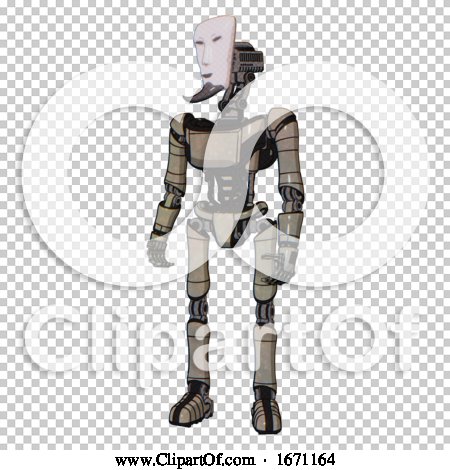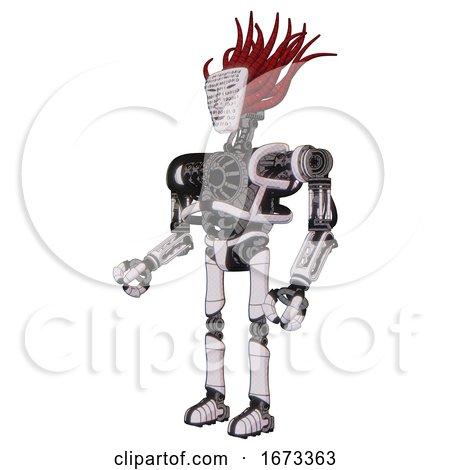
Reports of these machines have existed for centuries, with one of the earliest proclaiming the existence of a life-size, humanoid figure complete with artificial organs and capable of singing and dancing built in China in the 10 th century BC. And yet, for something that feels so otherworldly and remote, robotics have a surprisingly long history.Īutomatons are the ancient ancestors of today’s robotic inventions self-operating machines capable of performing a range of functions determined by their particular mechanism. In years to come, we may all have self-diving cars and robot assistants, but that day feels unfathomably distant. Outside of the Robot Wars reboot and science-fiction movies, robots still feel as though they are implausible and futuristic, certainly when it comes to everyday life. Soon, we may find ourselves interacting with robot physicists and bots like Jia Jia with the same casualty that we currently stare at our smartphones.If you ask most people what their experience with robots has been, you’ll likely receive a response ranging from minimal to none. At this year's CES, Hanson Robotics introduced Professor Einstein, a prototype that features life-like expressions, demonstrating a breakthrough in how humans could interface with computers in the future. Speaking of agile robots, a DARPA-funded team called DURUS created a robot that moves just like humans do. Granted, it’s not as pretty Jia Jia, but it's capable of a wider range of movements.

Meanwhile, Boston Dynamics’ Atlas, which stands at a height of 1.6 meters (64 inches), can open doors, lift boxes, walk on uneven terrain, and detect changes to its environment in real time. Just last year, NASA’s Robonaut 5 (R5) was donated to MIT’s Computer Science and Artificial Intelligence Laboratory (CSAIL) to explore how robots could assist, or even replace, human astronauts on extreme space missions. It’s important to note, however, that applications for these humanoid bots will extend well beyond the service industry. "In 5 to 10 years, there will be a lot of applications for robots in China," Chen said during the presentation.Ĭhen believes that humanoid robots will start ushering in a new wave of robot labor, and he’s not too far off. Instead of relying on a human workforce, humanoid robots could take over essential tasks in nursing homes, hospitals, households, and restaurants, he claims. As impressive as Jia Jia’s aesthetics are, it’s what’s inside that counts, and while her artificial intelligence (AI) isn’t extraordinarily great, her current ability to address audiences and answer simple questions is a testament to the progress made by engineers from the University of Science and Technology of China.Ĭhen Xioping, leader of the team that created Jia Jia, believes their achievement stands as proof of China’s robotic future.

Her face was expressive - or, at least, as expressive as a robot's face could be.Īround the world, Jia Jia has grown in popularity for being one of the most attractive, life-like humanoid robots ever created. But beauty, as they say, is only skin deep. Her conversational skills shone as she talked about the weather and coyly rebuffed personal questions.

As demonstrated, she could recognize faces and learn things. Jia Jia’s eyes freely scanned the audience as she stood in traditional Chinese garb for financial services company UBS's economic conference in Shanghai this week.


 0 kommentar(er)
0 kommentar(er)
